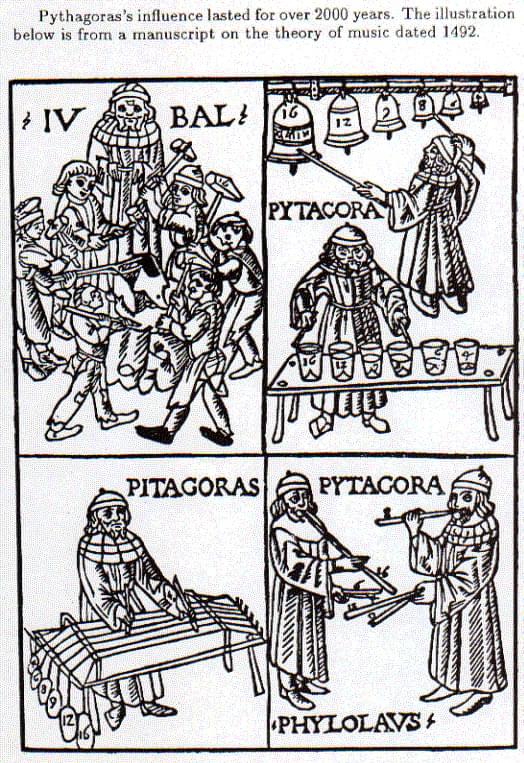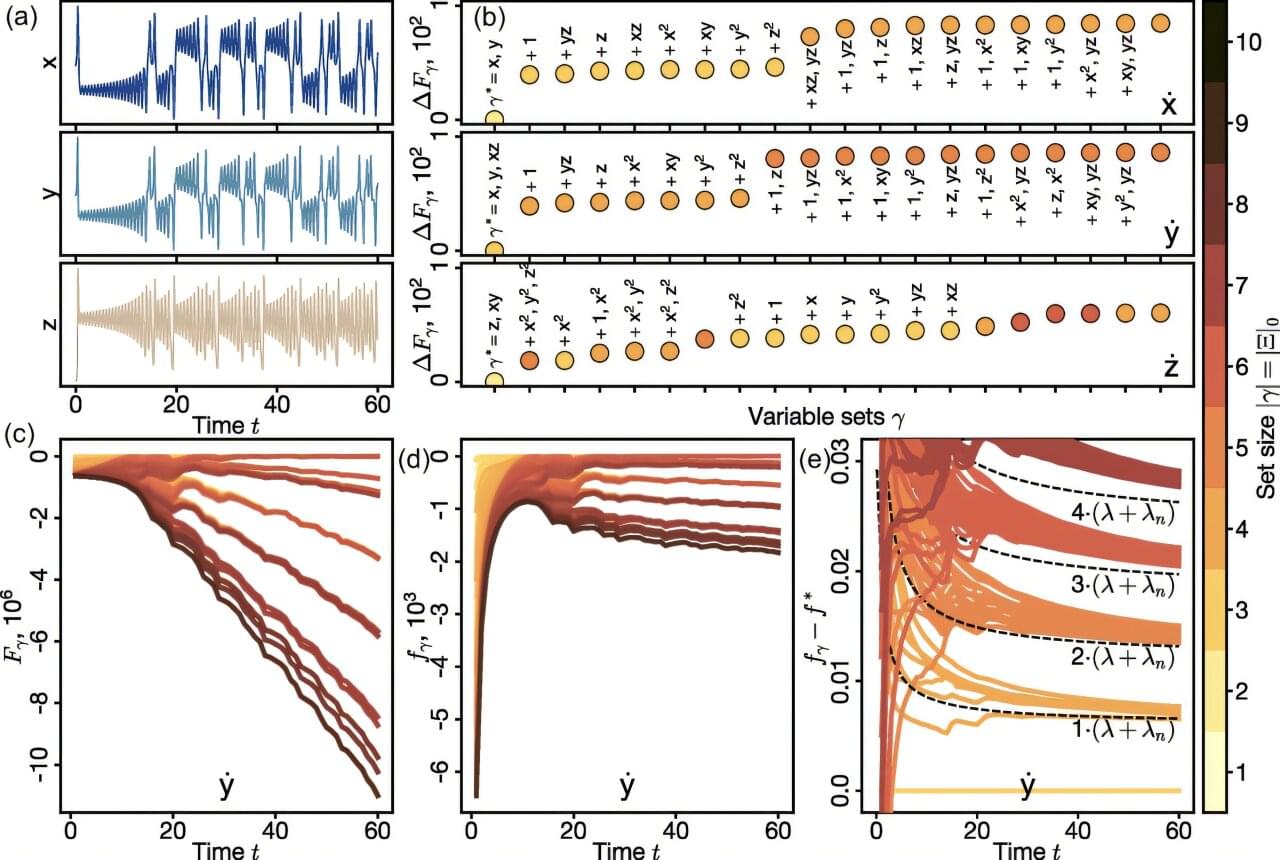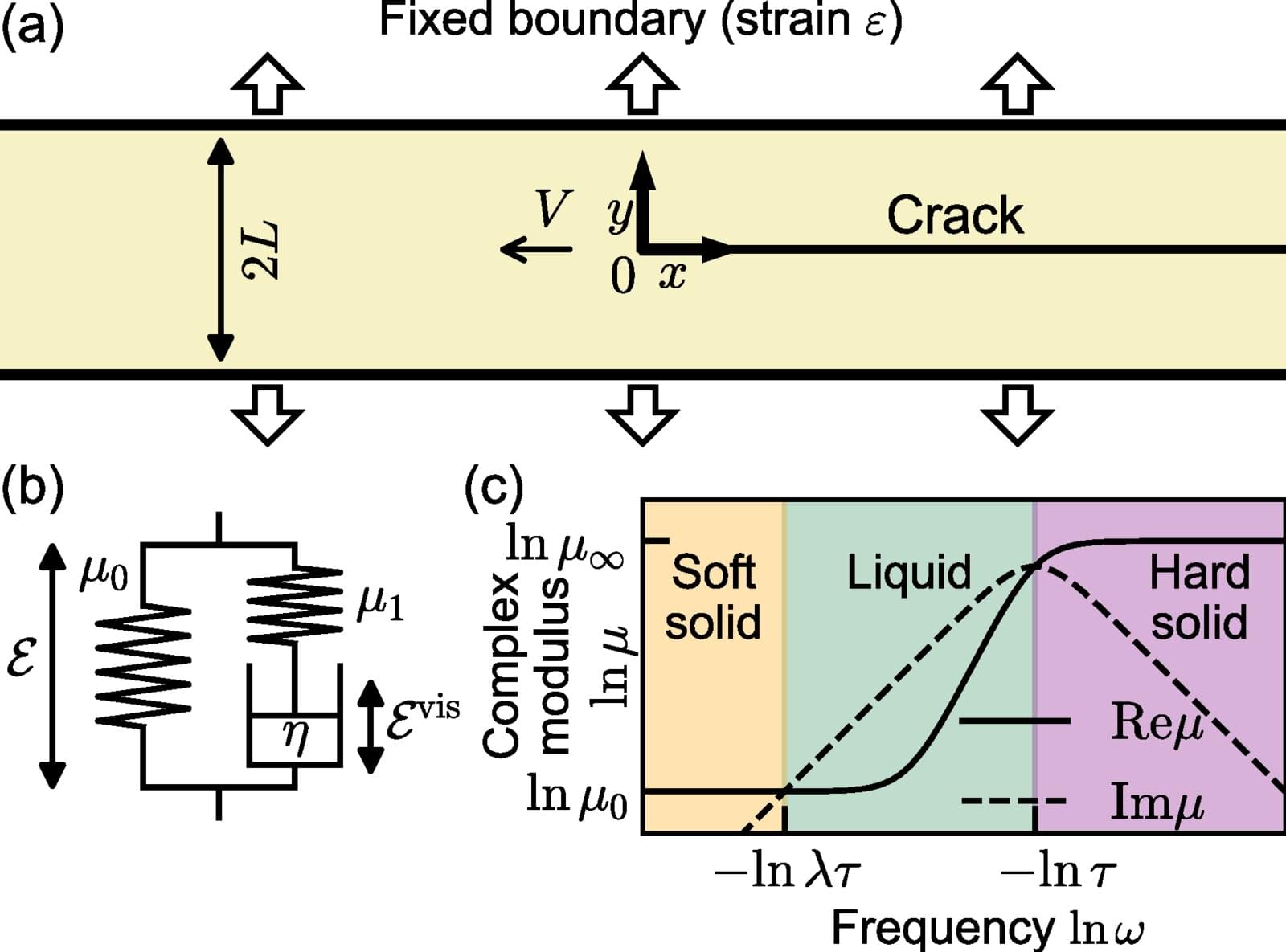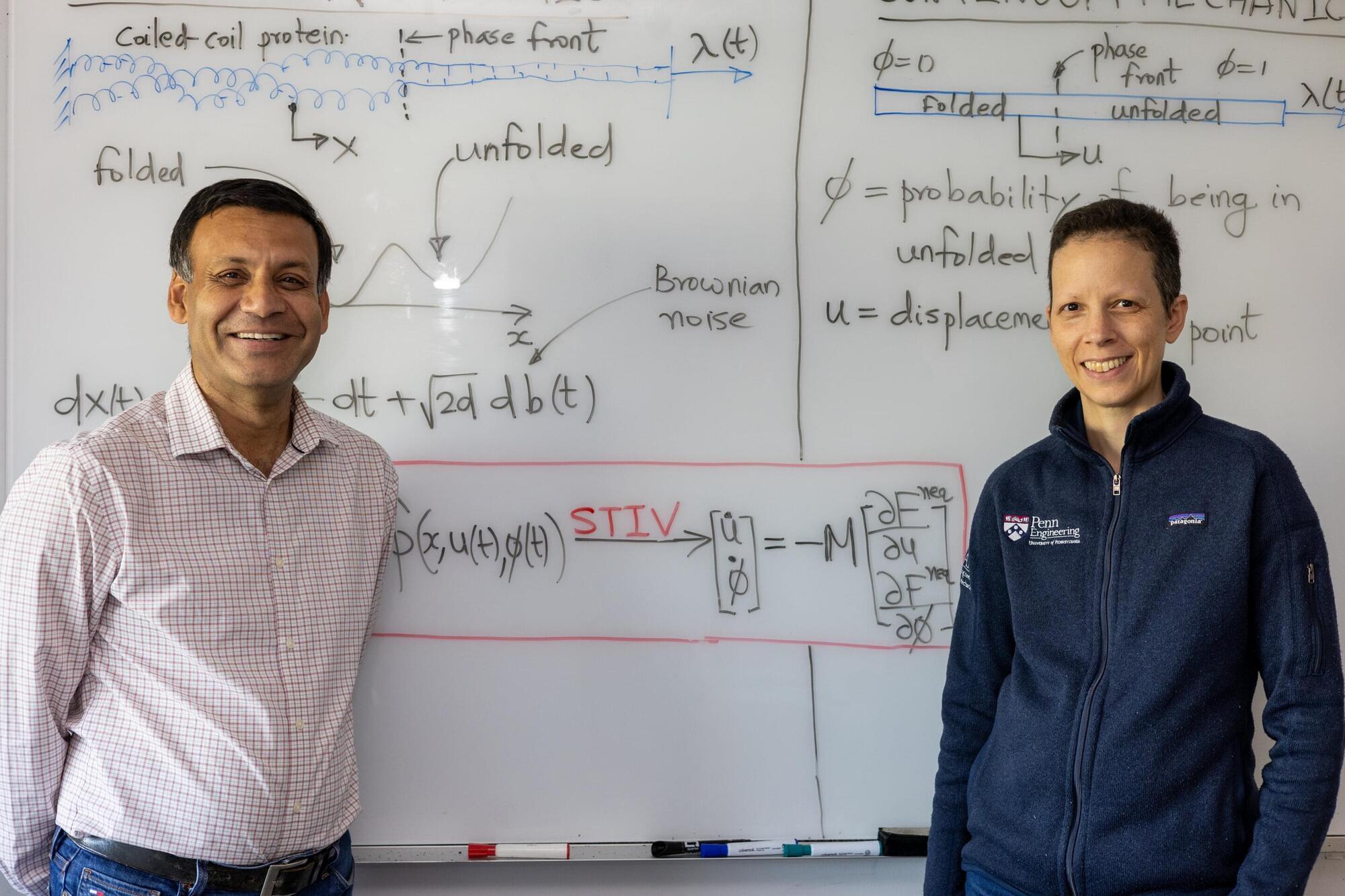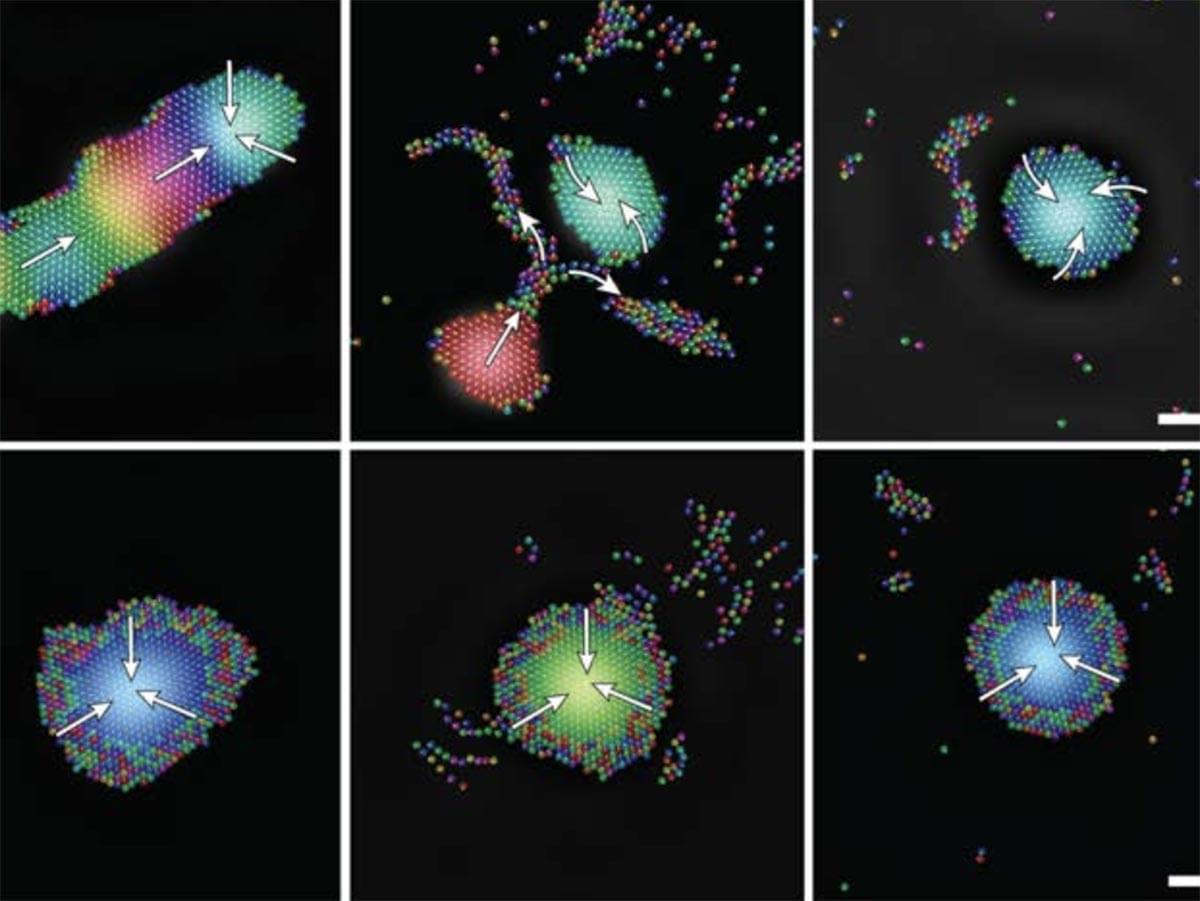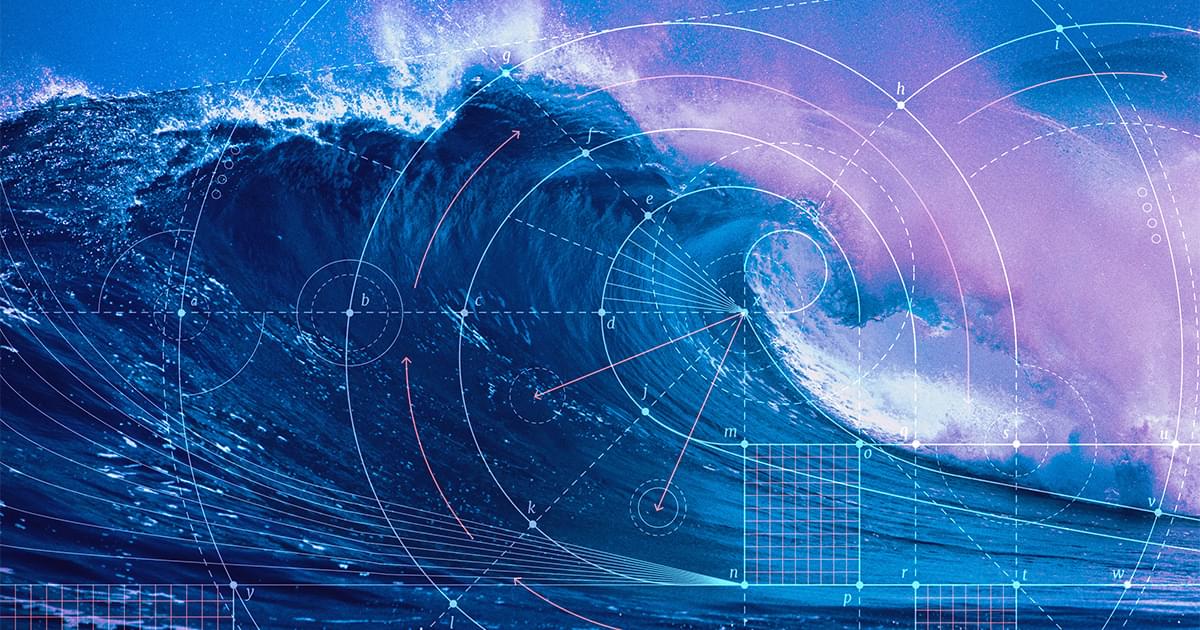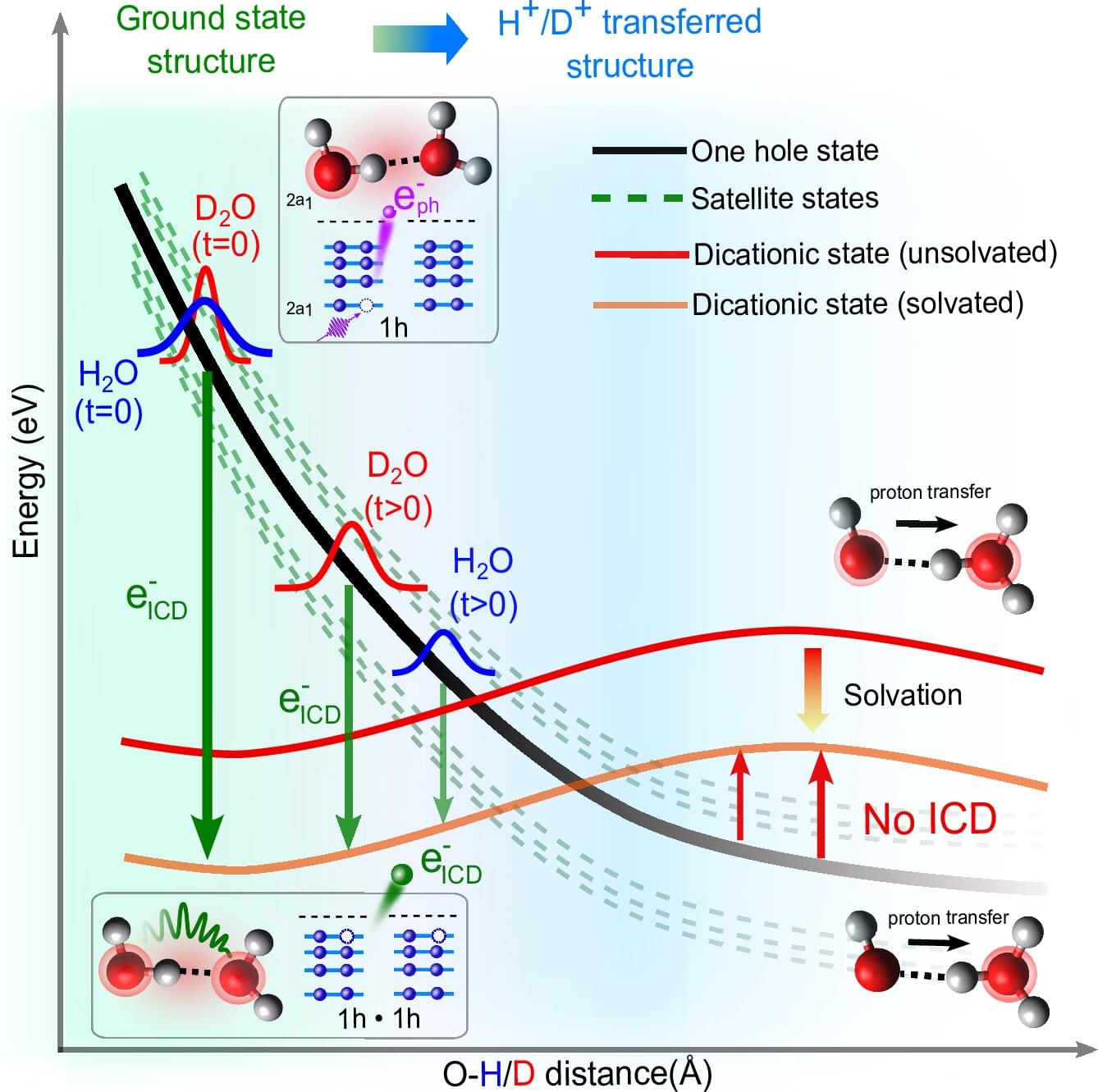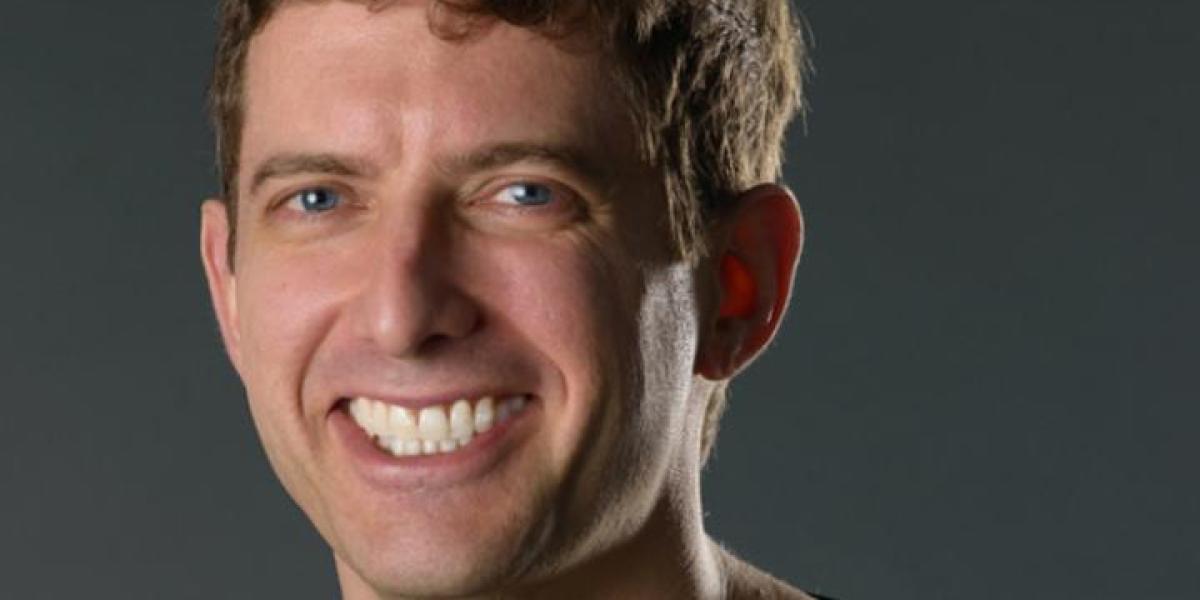I. Using simple mathematics, Pythagoras was able to describe the basis of almost all musical scales, including the pentatonic, the Western, the chromatic and the Arabic scales. This shows the power and excitement of science. For the first time, Pythagoras could answer the question, WHY? Why are these notes and scales special? The answer is that they are formed in a simple, systematic, and mathematical manner. Most importantly, Pythagoras showed that the notes are not random or arbitrary and that they could be understood on a deeper level.
II. Pythagorass discoveries bring up a deeper psychology question: scales were first developed by ear: we and the Neanderthals choose these particular notes before there was any understanding of mathematics or physics. The notes were chosen simply because they were pleasing to the ear. But, as it turns out, the scales also follow basic mathematical constructs. So the question is, what does this say about our likes and emotions? Is there a mathematical/physical basis to them, as well?
III. The power of spectroscopy. What Pythagoras did was look a physical system (the musical scale), found characteristic frequencies (pitches/notes) and found simple mathematical relationships between the frequencies (ratios of 3/2, for example). This process actually became a fundamental part of physics, and modern physics, in particular.
